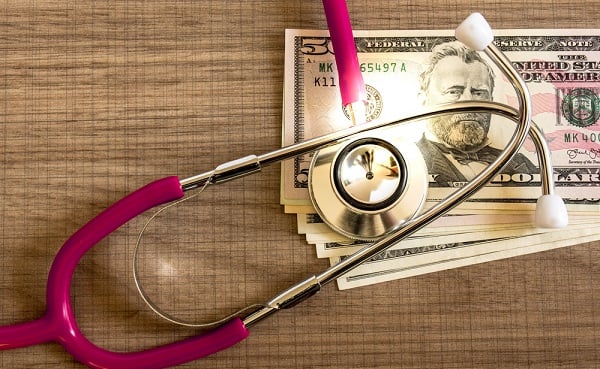 Prices paid by UnitedHealth's commercial health plans, based on claims from 12.5 million tests, varied from three-fold up to 24-fold or more for different types of tests. (Photo: Shutterstock)
Prices paid by UnitedHealth's commercial health plans, based on claims from 12.5 million tests, varied from three-fold up to 24-fold or more for different types of tests. (Photo: Shutterstock)
U.S. consumers could save more than $18 billion a year if providers stopped overpricing their diagnostic and testing services, according to a new report from UnitedHealth Group (UHG). The insurance giant said it found prices can vary significantly for common tests such as MRI scans and echocardiograms.
“This price variation leads to gross overspending for many consumers, even for common health care services such as diagnostic tests, which play an important role in the diagnosis, monitoring, and treatment of disease,” the report said.
Related: My wife's story: Anatomy of an insane health care billing system
As an example, the report noted that in 2017, an echocardiogram cost nine times as much at the facilities charging the highest prices than it did at facilities with the lowest prices. The report noted that prices for echocardiograms varied from $210 to $1,830, based on 2017 data. Some patients paid prices on the lower end of the scale, but more than half paid the median price—$480—or more.
The report added that geographic differences did not seem to explain the variation in prices, nor did the higher costs come with increased quality or better outcomes.
“Rather than cost or quality primarily driving price variation, a more likely reason is that health care providers generally are incentivized to use their market power to increase prices, often resulting in overpriced services,” the report said.
Overpricing a range of services
The report looked at seven types of common, minimally invasive diagnostic and testing services for patients. It found that prices paid by UHG's commercial health plans, based on claims from 12.5 million tests, varied from three-fold up to 24-fold or more for different types of tests. The UHG analysis said that if all the tests that were priced above the 40th percentile were re-priced to the 40th percentile, prices for the services would have cost $18.5 billion less, a 49 percent savings.
The study's authors extrapolated these numbers from its claims data to calculate the results for all commercial claims for these services in the US. “By reducing price variation, many patients would pay less out-of-pocket costs and health insurance premiums could be lower,” the study said.
Prices can vary widely even in the same metro area
The analysis by UHG fits with a study released April 30 by the Health Care Cost Institute (HCCI), which said prices showed a 25-fold variation for the same services, and found that there could be significant variation within the same metropolitan area.
“It is highly unlikely that these pricing differences are related in any meaningful way to differences in quality or value,” Niall Brennan, president and CEO of HCCI, said in a statement. “Employers should be outraged that they and their employees may be paying radically different prices based on factors like which provider they go to.”
Read more:
- A new way to promote health care price transparency: T-shirts
- Trump expected to sign executive order on health care transparency
- Higher health care prices correlate to lower utilization of care
© 2025 ALM Global, LLC, All Rights Reserved. Request academic re-use from www.copyright.com. All other uses, submit a request to [email protected]. For more information visit Asset & Logo Licensing.







